All the several companies running buses from Uyuni to Potosí are based in one street but our choice was made simple; there was only one open when we went to buy our tickets. The next day as we waited to get on, we began to have second thoughts when we realised that our bus was not going to be one of the nice streamlined models parked further up the street.
However, once our bags had been stashed on the roof (no luggage hold here) we felt a little better. The bus was simple but not actually uncomfortable. We set off and almost immediately found ourselves on unmade roads and realised why the company was using the smaller and older buses for this run. The bumpy road was soon twisting and turning back and forth as it took us higher into the mountains.
We began to get fantastic views of the different formations, although the view down over the edge was sometimes a bit scary! As we travelled on the viewpoints and the type of landscape was frequently changing, all of it breathtakingly beautiful.
We reflected that our tickets had cost only 3GBP each and we were getting six hours of views that a tour company would charge a fortune to show us.
As we drove through the narrow streets of the old part of Potosí we were impressed with the wide range of old colonial buildings.
We got to our hostal and were bowled over. It is a converted 18th century house, almost eclesiastical, with a large covered courtyard, gallery and loads of period features.
We have a beautiful room with arched doors and windows, a balcony onto the street, rustic beams, old painted motifs on the walls, not to mention widescreen cable TV and a new bathroom. All this for 14GBP per night B&B!
Potosí was founded in 1524 when the Spanish found the native people mining silver and they immediately set about exploiting the resources.
The city became so affluent that the phrase un potosí is still used in Spain to describe someone who is incredibly rich. This past affluence is apparent in the many grand buildings with balconies and galleries. Silver is still mined in the mountains around the city by cooperatives of miners although conditions are primative and few are now affluent.
The city's chief claim to fame now is that at 4060 metres above sea level, it is the highest city in the world.
It is also the home of the Potisina Brewery, which claims to be the higest brewery in the world! Although neither of us are experiencing any altitude problems, at this height we have to pace ourselves in whatever we do. Even a simple walk round the square can easily raise the heartrate and bring on a touch of breathlessness. Of course this doesn’t apply to those born and bred here.
Currently it is carnaval week and groups of young people are charging around the streets, sometimes in processions of dancers and always with water bombs being thrown and recieved. Despite the lack of water in these parts, the pavements are lined with women and children selling bags full of water-filled ballooons
for people to chuck at each other! They have huge numbers of containers of water, some receiving refills by car or taxi, but many draining the local fountains to fill their buckets!
In fact carnaval is a bit disappointing.
After seeing the dancers and musicians in San Pedro we were looking forward to more of the same (it certainly looks that way in Oruro, which is being televised all the time). However, here all the processions seem to be is a random journey through the town by a gaggle of youngsters throwing water at each other and followed by a small band. There is little use of costumes, at best most wear the same colour shirt, and although there is some shuffling around, it is not what you would call precision dancing. Each of the bands appear to have been bought in for the event and rarely have any links to the 'dancers’.
The local schools seem to have the kids dress up, process with the police band and, of course chuck water bombs or use their machine-gun-sized water pistols to soak anyone around. It goes on day after day....
More interesting was some sort of political gathering we encountered.
Various groups from indigeneous communities around the area seemed to have gathered in support or celebration of Felix Gonzalez. We’re not sure who he is, but he was being garlanded, hugged etc!
It was a very colourful occassion with lots of tradition clothing and headwear, musicians and dancing.
The day we visited the Convent of Santa Teresa, we thought we may never see the outside world again.
First we had to pay in an office then go down the street to the entrance. Here a man took our tickets and led us off to join the obligatory guided tour, which had just started with 4 other people. The guide had a large basket of huge old keys and had to unlock each room that we visited, then lock up again as we left and there were a lot of rooms. She was very enthusiastic and animated and gave us a lot of information, which stretched our Spanish enormously. As the tour proceded we kept hearing a knock on the door of whatever room we were in and the entrance guy would appear with more tourists for the tour. Increasingly often the guy appeared frustrated at the slow pace of the tour and our guide would go outside to speak to him. She did not, however, make any attempt to speed the tour up.
There were several moments when we felt it was close to finishing but then we would step through into another building or up some stairs and it was obvious there would be a long way to go. By the time we got to the kitchens, the group had grown to around 30 people and could hardly fit into the rooms!
Two and a half hours into the tour, our guide (after once again being beckoned by the entrance guy) did give us the option of a short-cut out of the building or continuing the tour (about another half hour, she estimated). Two and a half hours is more than enough time to concentrate and retain interest in one’s own language, never mind in Spanish, but TP had glimpsed another inner courtyard garden through the open door and decided he was up for more after all. Bad choice! Another hour or so later we were finally released, unlike the nuns of the past. Until 1975, when the rules were eased slightly, women who joined this order had a two month probation period. If they decided to stay they were never allowed out of the building again.
Their families could visit occasionally but all communication happened through a blackened screen so that they could not see each other and the mother superior listened in to all conversations. They took vows of silence, poverty, chastity and something else we can’t remember and paid a big dowry to became part of what was the most desirable convent in the country. They were allowed two hours of ‘recreation’ a day when they were allowed talk to each other. If they decided they couldn’t hack it any more it was just tough! Once they’d taken the vows they were in for life but luckily we managed to escape.
Let the festivities begin (but not in the convent)
Saturday, February 13, 2010
 Potosi, Bolivia
Potosi, Bolivia
Other Entries
-
66Asunción; we're travellers, get us out of here!
Dec 2055 days prior Asuncion, Paraguayphoto_camera11videocam 0comment 2
Asuncion, Paraguayphoto_camera11videocam 0comment 2 -
67Xmas greetings!
Dec 2154 days prior Resistencia, Argentinaphoto_camera1videocam 0comment 7
Resistencia, Argentinaphoto_camera1videocam 0comment 7 -
68Resistencia: city of sculpture
Dec 2253 days prior Resistencia, Argentinaphoto_camera41videocam 0comment 0
Resistencia, Argentinaphoto_camera41videocam 0comment 0 -
69Our 'current' location
Dec 2352 days prior Corrientes, Argentinaphoto_camera24videocam 0comment 1
Corrientes, Argentinaphoto_camera24videocam 0comment 1 -
70Salta: our first sight of the Andes and our Xmas!
Dec 2550 days prior Salta, Argentinaphoto_camera35videocam 3comment 3
Salta, Argentinaphoto_camera35videocam 3comment 3 -
71Multicoloured mountains and angels with guns!
Dec 2748 days prior Humahuaca, Argentinaphoto_camera53videocam 0comment 1
Humahuaca, Argentinaphoto_camera53videocam 0comment 1 -
72Following the Train To The Clouds
Dec 2946 days prior San Antonio de los Cobres, Argentinaphoto_camera81videocam 0comment 0
San Antonio de los Cobres, Argentinaphoto_camera81videocam 0comment 0 -
73Cafayate; days of wine, icecream and waterways
Jan 0242 days prior Cafayate, Argentinaphoto_camera42videocam 0comment 3
Cafayate, Argentinaphoto_camera42videocam 0comment 3 -
74Tucumán; chilling out and getting heated!
Jan 0539 days prior San Miguel de Tucumán, Argentinaphoto_camera26videocam 0comment 1
San Miguel de Tucumán, Argentinaphoto_camera26videocam 0comment 1 -
75Like Birmingham but better!
Jan 1034 days prior Córdoba, Argentinaphoto_camera64videocam 0comment 2
Córdoba, Argentinaphoto_camera64videocam 0comment 2 -
76Wines, Bikes, Barnsley and Bernard O'Higgins
Jan 1628 days prior Mendoza, Argentinaphoto_camera45videocam 1comment 1
Mendoza, Argentinaphoto_camera45videocam 1comment 1 -
77Over the Andes to Santiago
Jan 2321 days prior Santiago, Chilephoto_camera95videocam 0comment 8
Santiago, Chilephoto_camera95videocam 0comment 8 -
78Carnival Time in Paradise Valley!
Jan 2717 days prior Valparaíso, Chilephoto_camera89videocam 0comment 6
Valparaíso, Chilephoto_camera89videocam 0comment 6 -
79City of churches, craft stalls and penguins!
Jan 3113 days prior La Serena, Chilephoto_camera55videocam 1comment 1
La Serena, Chilephoto_camera55videocam 1comment 1 -
80More Marys than you can shake a skull stick at.
Feb 067 days prior San Pedro de Atacama, Chilephoto_camera91videocam 3comment 1
San Pedro de Atacama, Chilephoto_camera91videocam 3comment 1 -
81Mountains, lakes, salt plains & altitude sickness
Feb 085 days prior Uyuni, Boliviaphoto_camera82videocam 1comment 5
Uyuni, Boliviaphoto_camera82videocam 1comment 5 -
82Dead people, dead trains and dead electrics!
Feb 103 days prior Uyuni, Boliviaphoto_camera30videocam 0comment 3
Uyuni, Boliviaphoto_camera30videocam 0comment 3 -
83Let the festivities begin (but not in the convent)
Feb 13 Potosi, Boliviaphoto_camera78videocam 0comment 0
Potosi, Boliviaphoto_camera78videocam 0comment 0 -
84No sugar but lots of water and... dinosaurs!
Feb 196 days later Sucre, Boliviaphoto_camera61videocam 0comment 5
Sucre, Boliviaphoto_camera61videocam 0comment 5 -
85Possibly the highest capital city in the world...
Feb 2310 days later La Paz, Boliviaphoto_camera89videocam 1comment 4
La Paz, Boliviaphoto_camera89videocam 1comment 4 -
86Shining Lake Titicaca (when it isn't raining).
Feb 2613 days later Copacabana, Boliviaphoto_camera47videocam 1comment 2
Copacabana, Boliviaphoto_camera47videocam 1comment 2 -
87Despite the name, it's not always sunny here!
Feb 2815 days later Isla del Sol, Boliviaphoto_camera51videocam 0comment 0
Isla del Sol, Boliviaphoto_camera51videocam 0comment 0 -
88Incas, Pre-incas and a load of willies.
Mar 0520 days later Puno, Peruphoto_camera113videocam 0comment 0
Puno, Peruphoto_camera113videocam 0comment 0 -
89Road blocks, demos and a scenic journey to Cusco
Mar 0621 days later Cusco, Peruphoto_camera76videocam 0comment 5
Cusco, Peruphoto_camera76videocam 0comment 5 -
90Touring the Sacred Valley
Mar 0722 days later Ollantaytambo, Peruphoto_camera50videocam 0comment 8
Ollantaytambo, Peruphoto_camera50videocam 0comment 8 -
91Visiting the Inca sites around the city.
Mar 0924 days later Cusco, Peruphoto_camera46videocam 0comment 3
Cusco, Peruphoto_camera46videocam 0comment 3 -
92The White City
Mar 1631 days later Arequipa, Peruphoto_camera92videocam 0comment 2
Arequipa, Peruphoto_camera92videocam 0comment 2 -
93Strange markings at Dead Bull!
Mar 2338 days later Toro Muerto, Peruphoto_camera32videocam 0comment 0
Toro Muerto, Peruphoto_camera32videocam 0comment 0 -
94Colca Canyon 1: Snow and the Ice Maiden
Mar 2540 days later Chivay, Peruphoto_camera17videocam 0comment 2
Chivay, Peruphoto_camera17videocam 0comment 2 -
95Colca Canyon 2: Watch out, condors about!
Mar 2742 days later Cabanaconde, Peruphoto_camera56videocam 1comment 1
Cabanaconde, Peruphoto_camera56videocam 1comment 1 -
96Colca Canyon 3: Hot and Passionate
Mar 2843 days later Arequipa, Peruphoto_camera21videocam 0comment 0
Arequipa, Peruphoto_camera21videocam 0comment 0 -
97More lines and symbols but this time they're BIG!
Mar 3146 days later Nazca, Peruphoto_camera41videocam 0comment 2
Nazca, Peruphoto_camera41videocam 0comment 2 -
98Sun worshipping through the years
Apr 0450 days later Trujillo, Peruphoto_camera62videocam 0comment 2
Trujillo, Peruphoto_camera62videocam 0comment 2 -
99We go in search of GOLD!
Apr 0753 days later Chiclayo, Peruphoto_camera58videocam 0comment 4
Chiclayo, Peruphoto_camera58videocam 0comment 4 -
100Sun, surf and a very loud children's fairground
Apr 1157 days later Máncora, Peruphoto_camera22videocam 0comment 3
Máncora, Peruphoto_camera22videocam 0comment 3 -
101In search of exotic animals: we find iguanas
Apr 1359 days later Guayaquil, Ecuadorphoto_camera21videocam 0comment 1
Guayaquil, Ecuadorphoto_camera21videocam 0comment 1

 Potosi, Bolivia
Potosi, Bolivia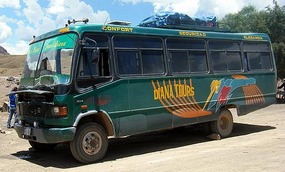
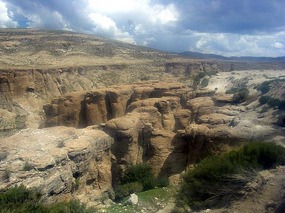
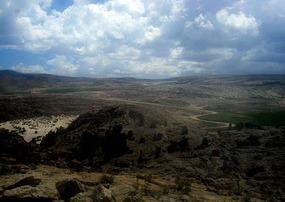
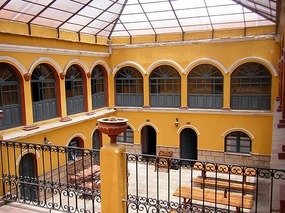
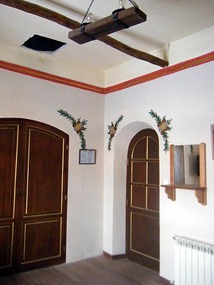
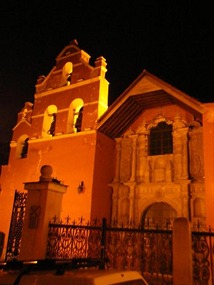
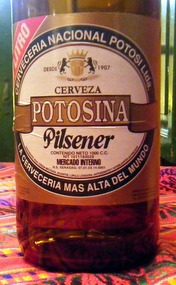
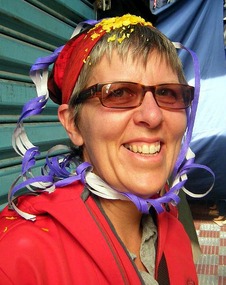
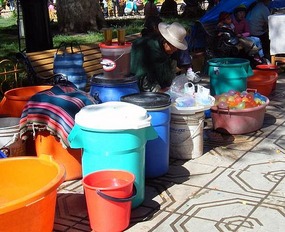
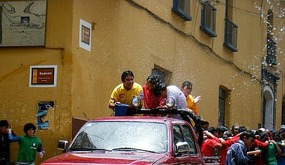
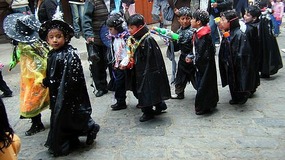
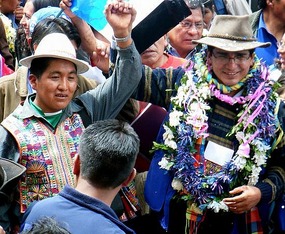
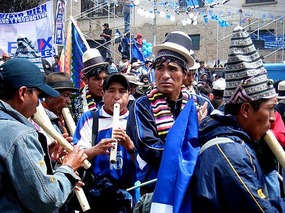
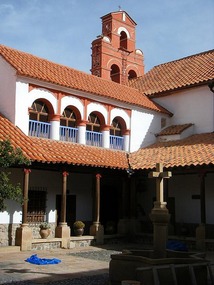
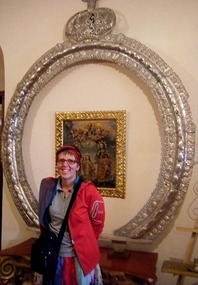
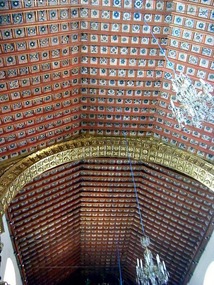
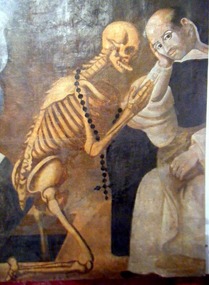






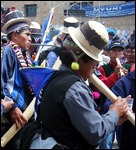

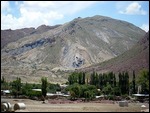
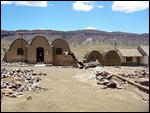
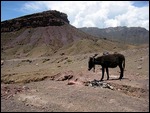


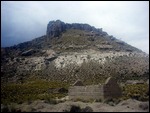
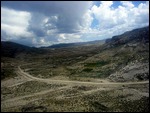

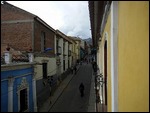
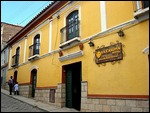

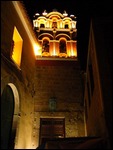
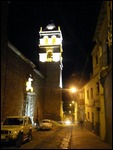

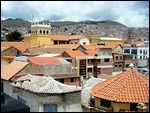
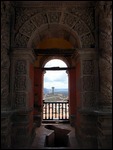
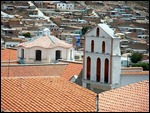
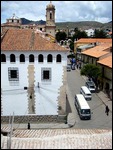
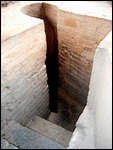

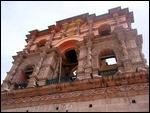
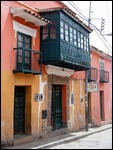
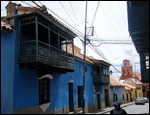
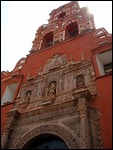


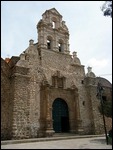


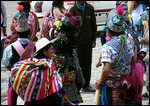
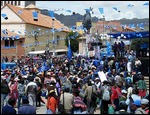
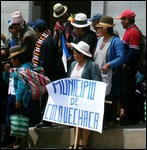
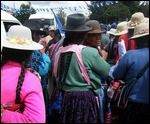
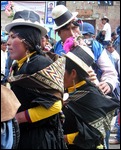
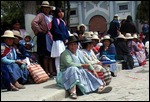


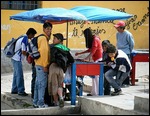
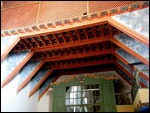




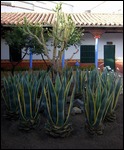
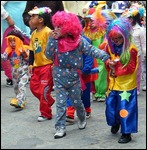

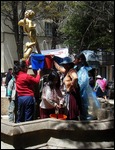


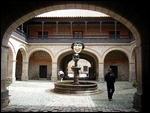
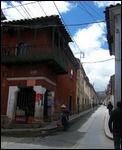
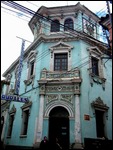
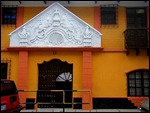
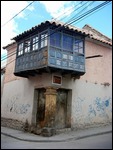

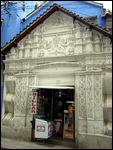



2025-05-22